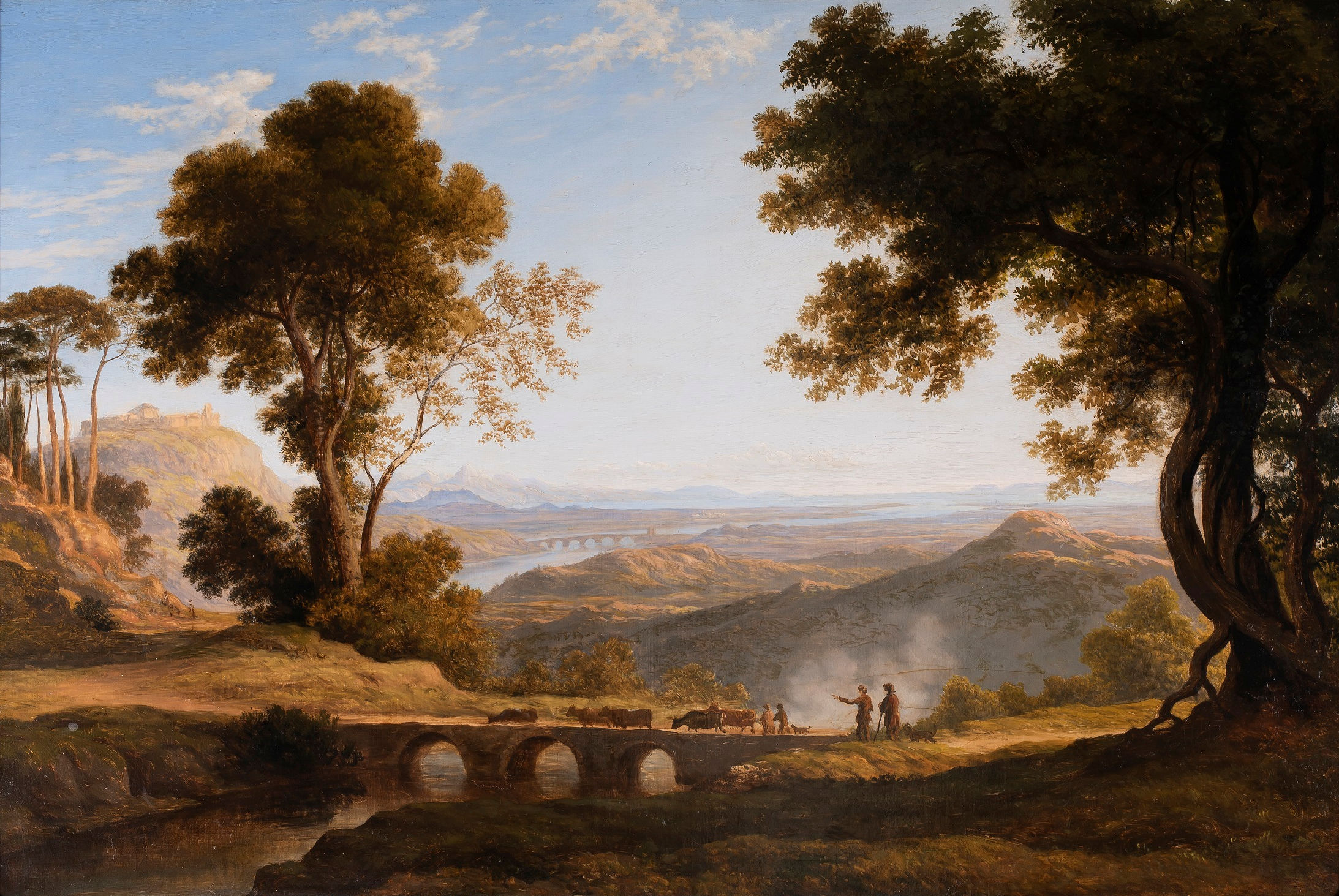Ever doodled a “confused owl” that looked more like a disgruntled pigeon and then promptly tucked it away, mortified? We’ve all been there. The journey from tentative sketches to confidently sharing your artistry can feel like traversing a labyrinthine maze. But fear not, intrepid creator! This is your guide to shedding the artistic timidity and embracing the spotlight.
I. The Inner Critic: A Necessary Evil (Sometimes)
Let’s face it, that nagging voice whispering doubts about your artistic merit is a common affliction. It’s the inner critic, and while it can be paralyzing, understanding its genesis is crucial. This internal censor often stems from a desire for perfection, a laudable goal, but one that can stifle creativity if left unchecked. The key is not to silence the critic entirely – its feedback can be invaluable. Instead, learn to manage its volume and perspective.
A. Deconstructing the Doubt: Identifying the Root Cause
Instead of simply dismissing the negative thoughts, delve deeper. What specifically is triggering the unease? Is it a fear of technical inadequacy? Perhaps it’s a concern about negative feedback? Pinpointing the source of the anxiety allows for targeted solutions. For example, a fear of perspective drawing can be addressed through focused practice and tutorials. Addressing the root cause of your doubt is essential.
B. Re-framing Negative Self-Talk: The Power of Positive Affirmations
Challenge those self-defeating narratives. Replace phrases like “This will never be good enough” with more constructive affirmations, such as “I am learning and improving with each piece.” Practicing positive self-talk can cultivate a more supportive inner dialogue, fostering a more conducive environment for creative exploration. This doesn’t mean ignoring constructive criticism; it means shifting the overall tone of your internal monologue.
II. Mastering the Fundamentals: Building a Solid Foundation
Confidence often stems from competence. Investing time in honing your fundamental skills can significantly boost your artistic assurance. This doesn’t necessitate formal training; countless resources are available online and in libraries. Explore different mediums, experiment with techniques, and find what resonates with your artistic sensibilities. Each incremental improvement will bolster your self-belief.
A. Anatomy, Perspective, and Color Theory: The Pillars of Visual Art
While artistic expression knows no bounds, a solid understanding of these core principles provides a strong foundation upon which to build your unique style. Studying anatomy improves figure drawing skills. Grasping perspective creates depth and realism. Comprehending color theory allows for evocative compositions. Master these fundamentals, and your artistic capabilities will advance exponentially. Ignoring these basic components will inevitably hinder your growth.
B. Practice, Practice, Practice: The Virtuous Cycle of Improvement
There’s no substitute for consistent practice. Dedicate time, even short bursts, to honing your skills regularly. Keep a sketchbook and use it to experiment, explore, and document your progress. Don’t be afraid to make mistakes; they are integral to the learning process. Embrace the iterative nature of artistic development. Celebrate small victories along the way.
III. Finding Your Niche: Defining Your Artistic Identity
What makes your art unique? What stories do you want to tell? Exploring your personal style is a vital step in building confidence. Don’t try to emulate others; instead, delve into your own experiences, perspectives, and passions. This exploration will unearth your artistic signature. Your unique identity can be your strongest asset.
A. Experimentation and Exploration: Unveiling Your Unique Voice
Try new things! Don’t limit yourself to one medium or style. Explore different subjects, techniques, and approaches. Embrace the unexpected and allow yourself to be surprised. This experimentation will reveal your proclivities, your strengths, and your unique artistic inclinations. Never underestimate the power of experimentation.
B. Inspiration vs. Imitation: Striking the Right Balance
Drawing inspiration from other artists is natural and beneficial. However, avoid outright imitation. Instead, analyze what resonates with you in their work and find ways to incorporate those elements into your own style in an original manner. The goal is to learn from the masters, not to mimic them. Originality is highly regarded in artistic circles.
IV. Sharing Your Art: Stepping into the Limelight
Now comes the moment of truth: sharing your art with the world. This can be daunting, but it’s essential for growth and validation. Start small, perhaps with close friends and family, before venturing into broader online communities. Remember, constructive criticism is a gift, while negativity should be filtered out. It can be valuable, if handled well.
A. Choosing the Right Platform: Tailoring Your Approach
Consider your target audience and the nature of your art when selecting a platform. Instagram is ideal for visual art, while DeviantArt caters to a broader range of creative expressions. Websites like ArtStation focus on professional portfolios. Tailor your approach to maximize your reach and engagement.
B. Embracing Feedback: The Catalyst for Growth
Welcome feedback with an open mind. Differentiate between constructive criticism and unwarranted negativity. Use constructive feedback to identify areas for improvement and refine your skills. Don’t be discouraged by negative comments; learn to ignore those.
V. The Long Game: Cultivating Resilience and Perseverance
The artistic journey is a marathon, not a sprint. There will be setbacks, rejections, and moments of doubt. Resilience is key. Learn to bounce back from adversity, maintain a positive attitude, and never stop creating. Your perseverance is essential.
A. Celebrating Progress, Not Perfection: Focusing on the Journey
Shift your focus from achieving unattainable perfection to celebrating incremental progress. Acknowledge how far you’ve come and appreciate the journey. Each piece you create is a step forward, regardless of its perceived flaws. The process of creation is valuable in itself.
B. Building a Supportive Community: Finding Your Tribe
Connect with other artists, both online and offline. Share your work, offer encouragement, and participate in collaborative projects. A supportive community can provide invaluable inspiration, feedback, and motivation. Finding the right community can do wonders for your self-confidence.
So, go forth and create! Embrace the imperfections, celebrate the progress, and share your art with confidence. Your unique perspective deserves to be seen. The world awaits your masterpiece.
